Labor Shortages in Agriculture
Labor shortages in the agricultural sector have become a pressing issue, particularly in developed regions. The Milking Automation Market is responding to this challenge by providing solutions that reduce reliance on manual labor. Automated milking systems can operate with minimal human intervention, allowing dairy farmers to maintain productivity despite labor constraints. Reports indicate that many dairy farms are struggling to find skilled labor, which has prompted a shift towards automation. By implementing milking automation technologies, farmers can streamline their operations, reduce labor costs, and ensure consistent milk production. This trend is likely to continue as the agricultural workforce ages and younger generations show less interest in farm work, further driving the growth of the Milking Automation Market.
Economic Benefits of Automation
The economic benefits associated with milking automation are becoming increasingly apparent, influencing the Milking Automation Market. Automated milking systems can lead to substantial cost savings by reducing labor expenses and increasing operational efficiency. Farmers who invest in these technologies often report higher milk yields and improved milk quality, which can translate into increased profitability. Additionally, the initial investment in automation is often offset by long-term savings and enhanced productivity. As dairy farmers seek to remain competitive in a challenging market, the economic advantages of milking automation are likely to drive further adoption. This trend suggests a robust future for the Milking Automation Market as more producers recognize the financial incentives of automation.
Focus on Animal Welfare and Health
The increasing emphasis on animal welfare and health is shaping the Milking Automation Market. Consumers are becoming more aware of the conditions under which dairy animals are kept, leading to a demand for practices that ensure their well-being. Automated milking systems can contribute to better animal welfare by allowing cows to be milked in a stress-free environment, which can enhance milk quality and yield. Furthermore, these systems often include health monitoring features that help detect issues early, promoting better overall herd health. As a result, dairy farmers are increasingly adopting milking automation technologies to align with consumer expectations and regulatory standards, thereby driving growth in the Milking Automation Market.
Increased Demand for Dairy Products
The rising global population and changing dietary preferences have led to an increased demand for dairy products. This trend is particularly evident in developing regions where dairy consumption is on the rise. As a result, the Milking Automation Market is experiencing significant growth, driven by the need for efficient and scalable milking solutions. According to recent data, the dairy sector is projected to grow at a compound annual growth rate of approximately 3.5% over the next few years. This growth necessitates the adoption of milking automation technologies to enhance productivity and meet consumer demands. Farmers are increasingly investing in automated milking systems to optimize their operations, reduce labor costs, and improve milk quality, thereby contributing to the expansion of the Milking Automation Market.
Technological Innovations in Milking Systems
Technological innovations are at the forefront of the Milking Automation Market, with advancements in robotics, sensors, and data analytics transforming traditional milking practices. Modern automated milking systems are equipped with sophisticated technologies that enhance efficiency and milk quality. For instance, the integration of sensors allows for real-time monitoring of cow health and milk production, enabling farmers to make informed decisions. The market for these advanced systems is projected to grow significantly, with estimates suggesting a compound annual growth rate of around 5% over the next five years. As dairy farmers seek to improve operational efficiency and animal welfare, the adoption of these innovative technologies is likely to accelerate, further propelling the Milking Automation Market.



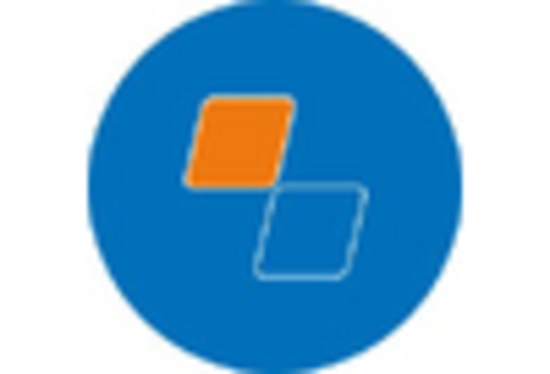
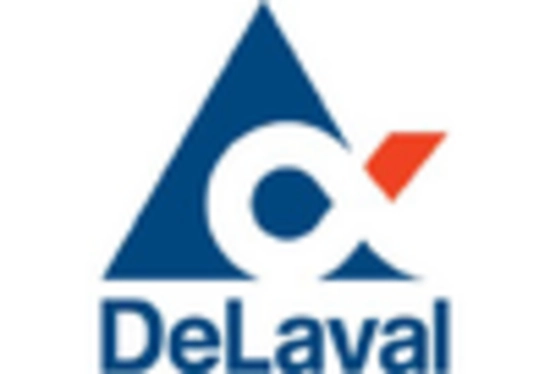
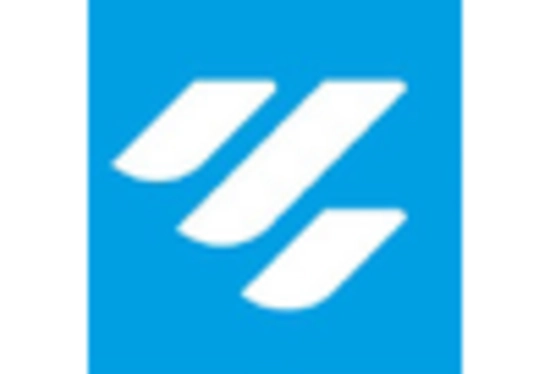

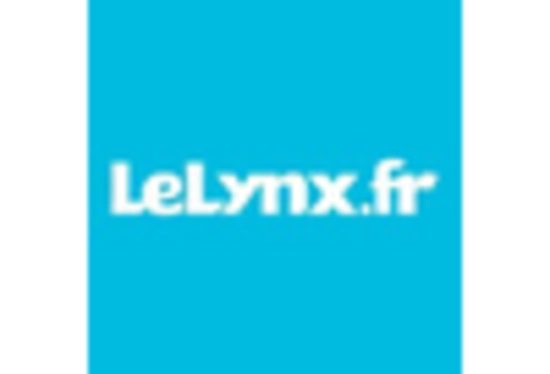
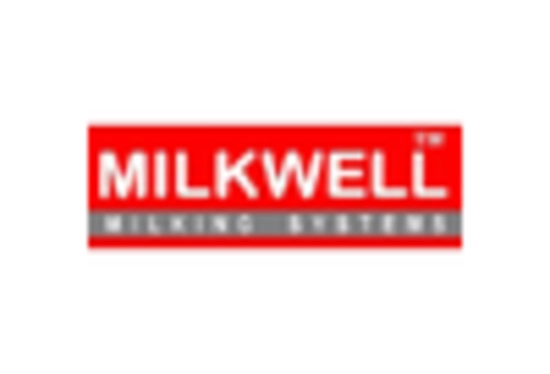








Leave a Comment